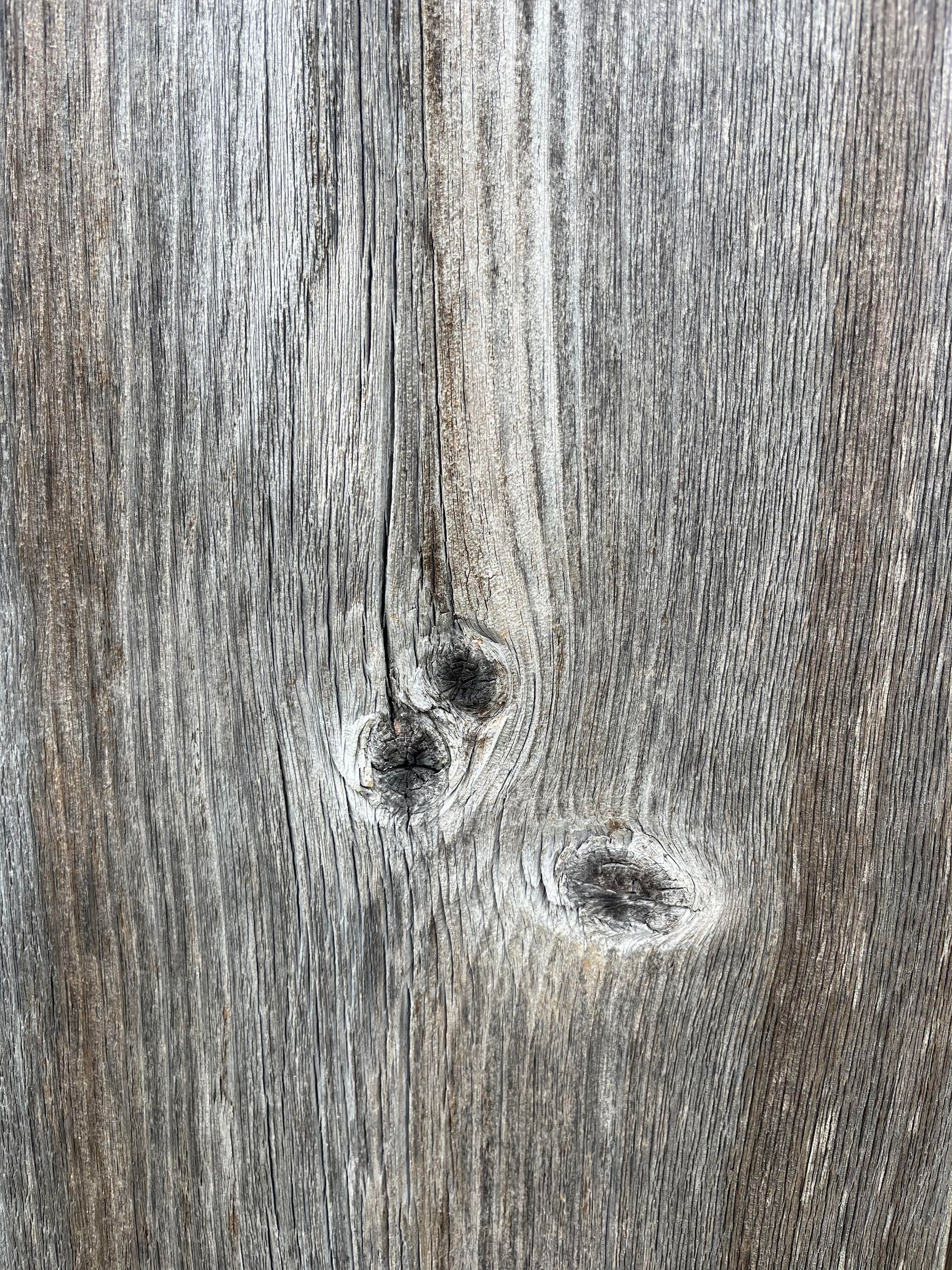Understanding Wood Knots: Formation, Types, and Uses
Wood Knots: Types, Formation, and Practical Uses

Ever noticed those round, darker spots on a piece of wood? Those are knots, and they tell a fascinating story about the tree’s life. Some people see knots as flaws, but others love them for the character and charm they bring to wood. If you’re picking out lumber for a project or just curious about wood’s natural beauty, understanding knots can help you make better choices.
Let’s break it down: how knots form, the different types you’ll find, and how they affect the strength and look of wood.
What Are Knots, and How Do They Form?
Knots are spots in wood where branches used to grow. As a tree grows, it adds layers of wood around its trunk and branches. This creates the circular or oval patterns we see when the tree is cut into lumber.
Live Knots (Tight Knots)
These form when a branch is still alive and growing. The wood around the branch stays connected, making the knot strong and less likely to fall out.
Dead Knots (Loose Knots)
These happen when a branch dies, and the tree grows over it. These knots are weaker and can even fall out, leaving holes in the wood.
The number and size of knots depend on how the tree grew. Trees in crowded forests usually have fewer lower branches, so their wood has fewer knots. Trees in open spaces grow more branches, leading to more knots in the lumber.
Types of Knots
Not all knots are the same. Here are the main types and what they mean for your wood:
Live Knots
Strong and firmly attached to the wood. They add character without making the wood weaker.
Dead Knots
Weak and often loose. They can leave holes or gaps in the wood.
Pin Knots
Tiny knots (less than half an inch wide). They don’t affect the wood’s strength much and are usually fine for most projects.
Sound Knots
Solid knots that aren’t decayed. They might change the wood’s grain but don’t weaken it.
Unsound Knots
These are decayed or crumbling knots. They can weaken the wood and may need to be fixed or avoided.
How Knots Affect Wood Strength
Knots can change how strong a piece of wood is. Here’s why:
- Grain Deviation: Wood fibers usually run straight, but they curve around knots. This makes the wood weaker in those areas.
- Knot Location: Knots near the edges of a board can weaken it more than knots in the middle.
- Knot Orientation: Knots that run across the grain are less of a problem than those that cut through it at an angle.
When using wood for construction, it’s important to know where the knots are and how they might affect the wood’s performance.
Grading Lumber with Knots
Lumber is graded based on its quality, and knots play a big role in that. Higher-grade wood has fewer and smaller knots, making it stronger and better for structural projects. Lower-grade wood might have more or bigger knots, which is fine for decorative or non-structural uses.
Grading also looks at:
- Knot Size: Bigger knots usually mean lower grades.
- Knot Type: Live knots are better than dead or unsound knots.
- Knot Placement: A few scattered knots are better than a cluster in one spot.
Working with Knotty Wood
Knots don’t have to be a problem. They can add a lot of character to your project. Here are some tips for working with knotty wood:
- Plan Your Cuts: Place knots where they’ll add visual interest or won’t interfere with joints or connections.
- Stabilize Loose Knots: Use wood plugs, epoxy, or patches to fill knot holes or secure weak knots.
- Embrace the Look: Knots can make wood unique and beautiful, especially in rustic or natural designs.
Knots as Design Features
Knots aren’t just functional, they’re also a design element. Different types of wood have unique knot patterns:
- Pine Knots: Dark and dramatic, perfect for rustic or casual spaces.
- Oak Knots: Subtle and blend well with the grain, adding texture without standing out too much.
- Exotic Wood Knots: Often colorful or uniquely patterned, making them a standout feature.
Interior designers and architects often choose knotty wood for its warmth and natural beauty. The key is balancing the look with the wood’s performance.
Final Thoughts
Knots remind us that wood comes from living trees that grew, adapted, and developed character over time. Instead of seeing them as flaws, we can appreciate knots as part of the tree’s history. Whether you’re building something functional or creating a piece of art, knots add authenticity and charm to your project.
At Bay & Bent, we’re passionate about working with wood that has a story to tell. If you’re looking for reclaimed timber with character and history, we’d love to help you find the perfect piece.









